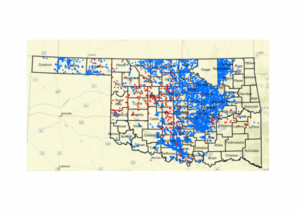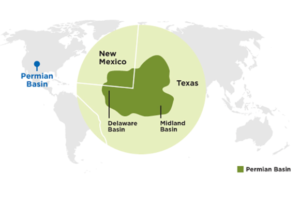Cenovus has been piloting solvent co-injection technologies that have the potential to reduce the greenhouse gas (GHG) emissions of Cenovus oil sands operations. While solvent co-injection may sound like a new technology, we’ve been testing these techniques in Cenovus steam-assisted gravity drainage (SAGD) operations for more than 15 years.
In a typical SAGD operation, steam mobilizes bitumen by heating it. Solvent technology injects a light hydrocarbon (such as propane, butane or a condensate mixture) that makes the mixture lighter and allows it to flow. This process helps reduce the need for steam per barrel of oil produced and maximizes the amount of oil recovered. Currently, we test and pilot both a solvent-aided process (SAP) and solvent-driven process (SDP) which differ by the amount of solvent-to-steam-ratio injected into the reservoir.
“Solvent-based recovery technologies are among the more promising opportunities to reduce GHG emissions intensity from the oil sands and provide an alternative to SAGD by supplementing and, hopefully in the future, replacing steam,” says Natasha Pounder, Cenovus Senior Process Engineer, Field Pilots. “In 2016, two new single-well pilots were approved and Cenovus testing at Foster Creek has been both positive and in line with expectations. We’re hoping to be able to commercialize these technologies soon.”
In early 2020, Cenovus Innovation team expected to launch a two-pad commercial demonstration project for propane solvent co-injection at Cenovus Foster Creek oil sands, however the COVID-19 pandemic delayed the trial. This in turn gave Cenovus the time to reassess Cenovus approach and deploy solvent technology more efficiently.
Cenovus dedicated teams continue to find innovative solutions like solvents that allow Cenovus to expand lower carbon strategies for Cenovus operations. With continued efforts, solvent technology can improve economics on existing reserves, unlock additional reserves in lower-quality reservoirs, ultimately helping Cenovus reduce Cenovus GHG emissions intensity of oil sands production.
Energy News
Oil & Gas Permits Reports

















